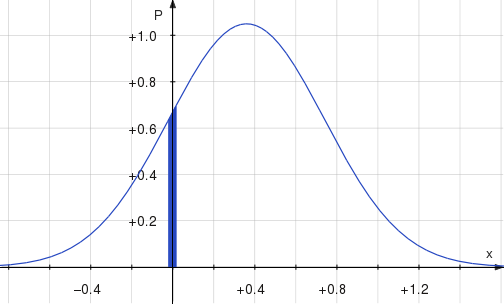Velocity addition: a myth?
Posted by David Zaslavsky on
On the episode of Mythbusters aired a couple weeks back, Kari, Grant, and Tory set out to test the myth that if you have a car driving forward at, say, 60 miles per hour, and you shoot a ball out the back at the same speed, it will fall straight down. Now, if you know anything about physics, your first thought upon hearing this might have been the same as mine: “huwhah?” The idea that velocities of equal magnitude and opposite direction cancel each other out in this way is a pretty fundamental result…